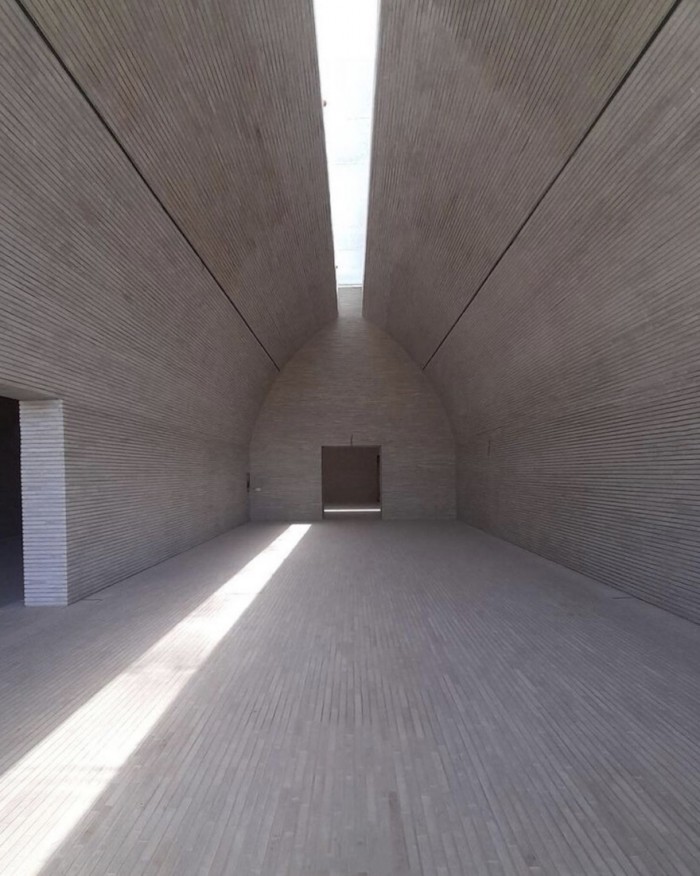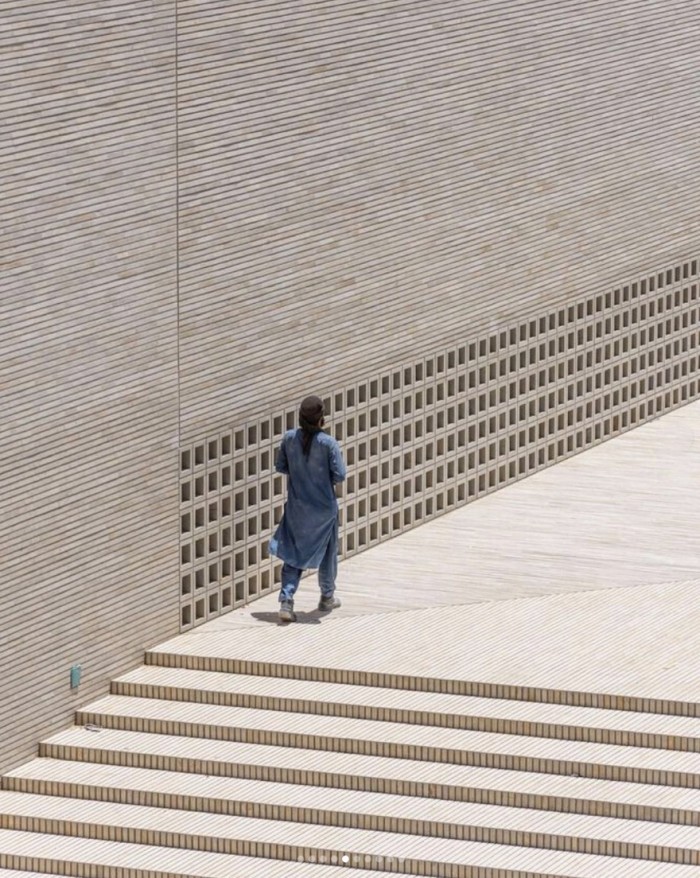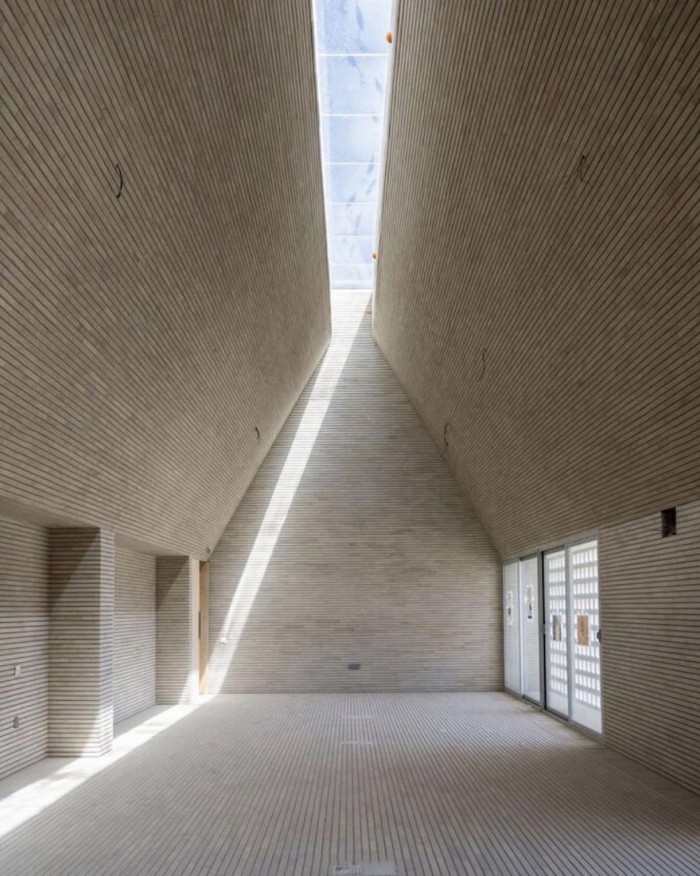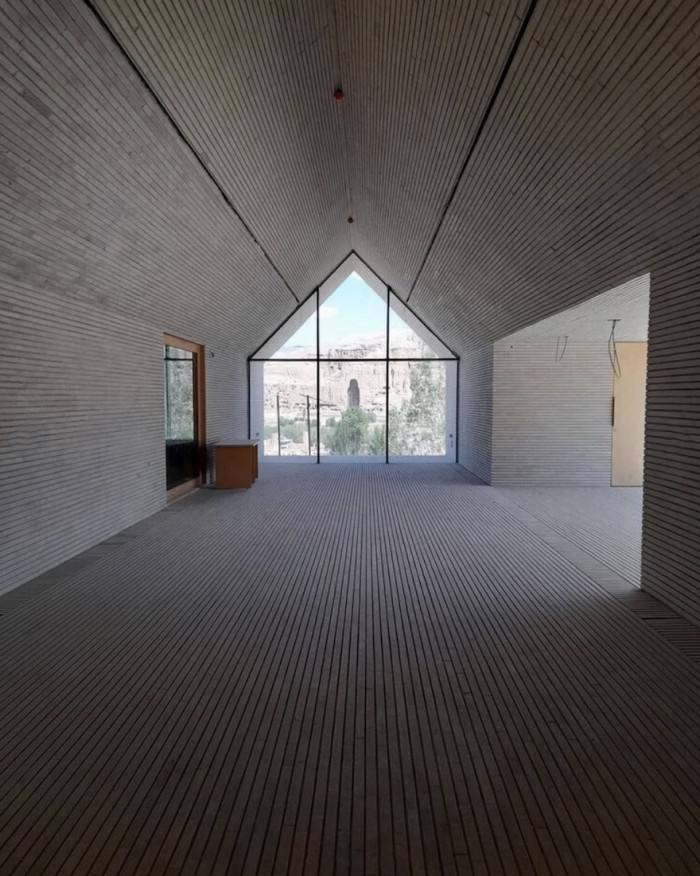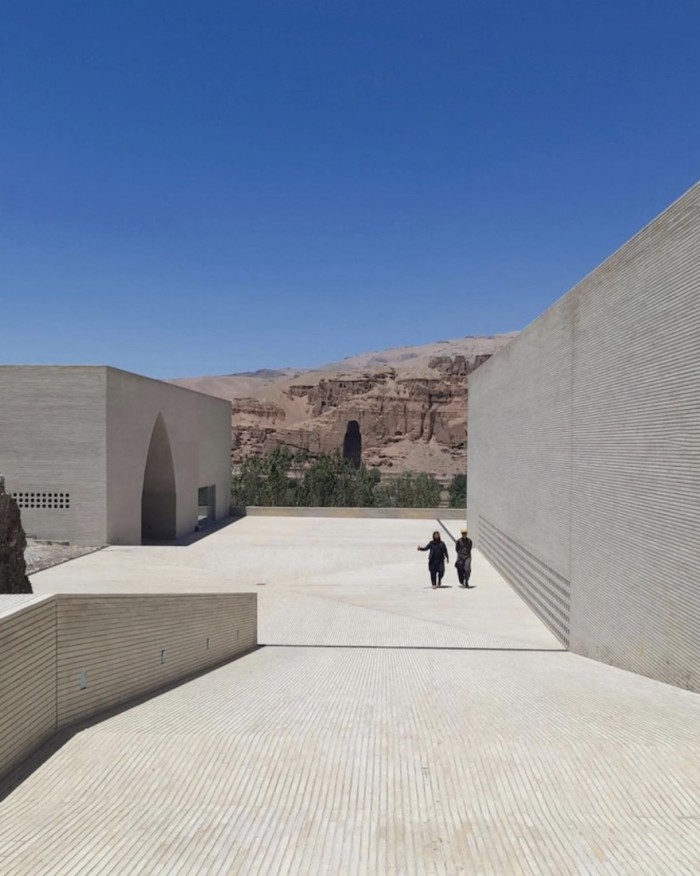M2R Arquitectos, an Argentinian architectural firm, was awarded the task of constructing the prestigious Bamiyan Cultural Centre in Afghanistan to help preserve the existing cultural heritage while promoting social and cultural progress in the region. The firm’s design, ‘Descriptive Memory: The Eternal Presence of Absence', was selected as the winner after a two-month international design competition.
The deceptively simple architecture quietly assimilates into the cultural and archaeological remains of the landscape in a place that still bears the traces of a very dark moment in Afghanistan’s history.
The Bamiyan Cultural Centre occupies 2 450m² of land in the Bamiyan Valley – a UNESCO World Heritage Site – where the Taliban destroyed two monumental sixth-century Buddha statues. The Buddhas were masterfully coaxed out of the rocks of the Bamiyan Valley, the centre of a culturally diverse region that formed part of a bustling trade route between China and India, where Buddhism, Hinduism and Islam coexisted peacefully. The cultural centre that honours this sense of plurality and references the haunting absence of the Buddha statues has been carved from the earth, not so much constructed as “discovered”, according to the architects.
The unique structure has been designed to take advantage of the thermal inertia and insulation of the ground. This helps keep the interior cool even on the hottest days. The use of slimline masonry bricks throughout the campus pays homage to the region's traditional architecture, where homes and public buildings are constructed of brick and stone in a half-timbered fashion to withstand the extreme climatic conditions.
As you approach the centre, you first come across a public garden open to all Bamiyan residents. The gardens are on the uppermost rooftops of the centre and offer spectacular views of the Bamiyan Valley and the remains of the "Buddha Rocks". The centre is located below the entrance level, forming a new man-made rock wall overlooking the breathtaking scenery.
A central plaza and surrounding spaces are formed by three buildings which house the various parts of the centre’s programme: The Performance and Exhibition Building, the Research and Education Building, and the Administration Building. The soaring ceilings of the exhibition area echo the western Buddha niche and provide an impressive backdrop for the centre’s contemporary cultural offerings. Inside, the large spaces are unadorned, with only pale bricks patterning the floors and walls. Sunlight enters through narrow openings overhead, enhancing the contrast with the otherwise subdued spaces.
According to M2R Architects, this use of natural light has significance. “The skylights of the cultural centre create lines of light that move, following the path of the sun through the sky, making visible the passage of time.”
The centre creates a hopeful vision for the Bamiyan Valley – one that honours the preservation of cultural history. This is particularly poignant as Kabul has fallen to the Taliban, which is already reasserting its extremist ideology. The Bamiyan Cultural Centre is an important space that brings together different cultural influences while showcasing the complex history of Afghanistan. The centre was made possible by UNESCO, the previous government of Afghanistan, and funding by the Republic of Korea.
Read more:
Liberian centre celebrates women.
Fast track to a modern Senegal.
Credits: M2R Arquitectos


